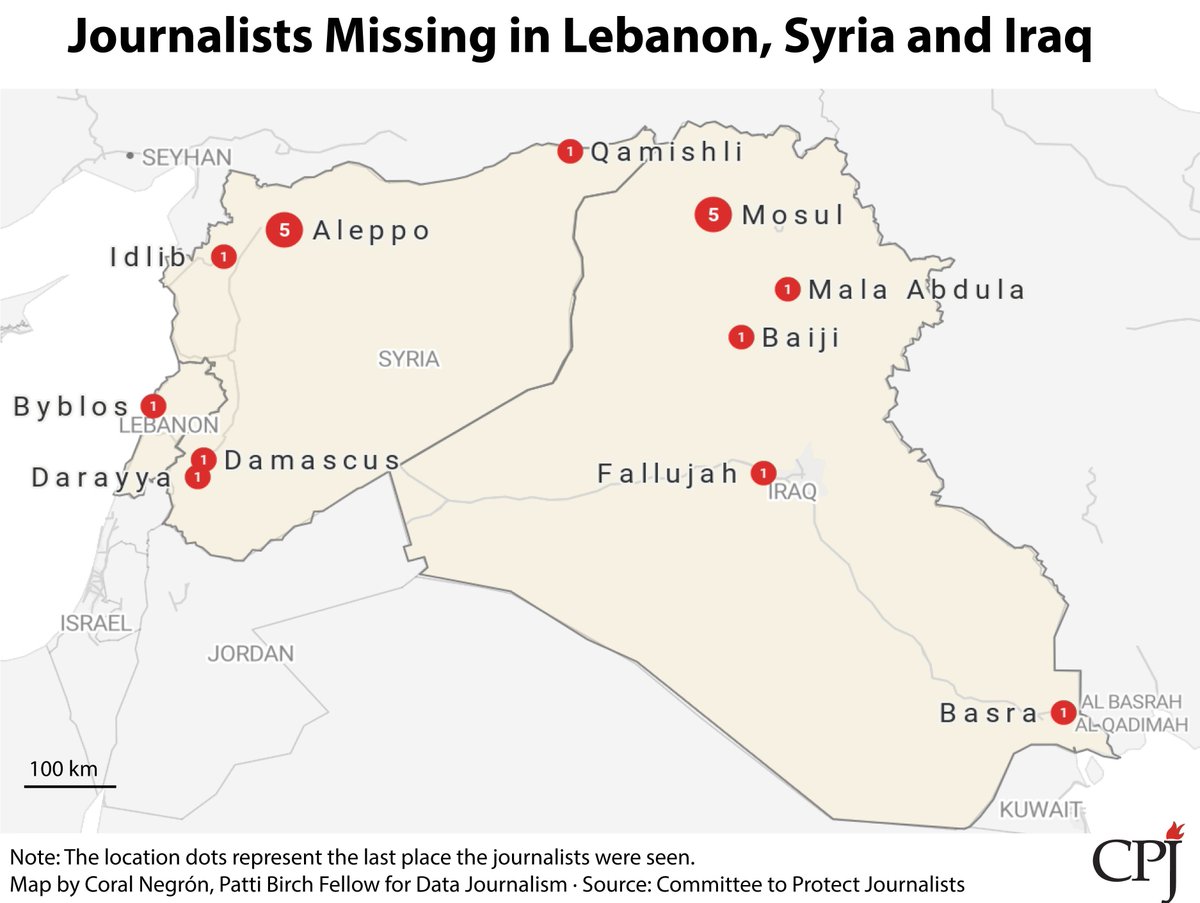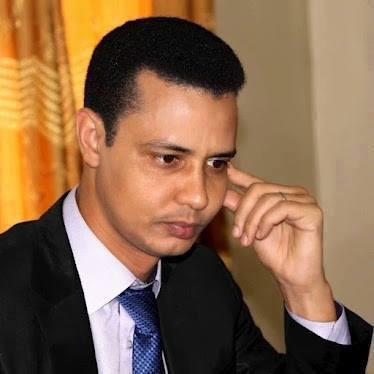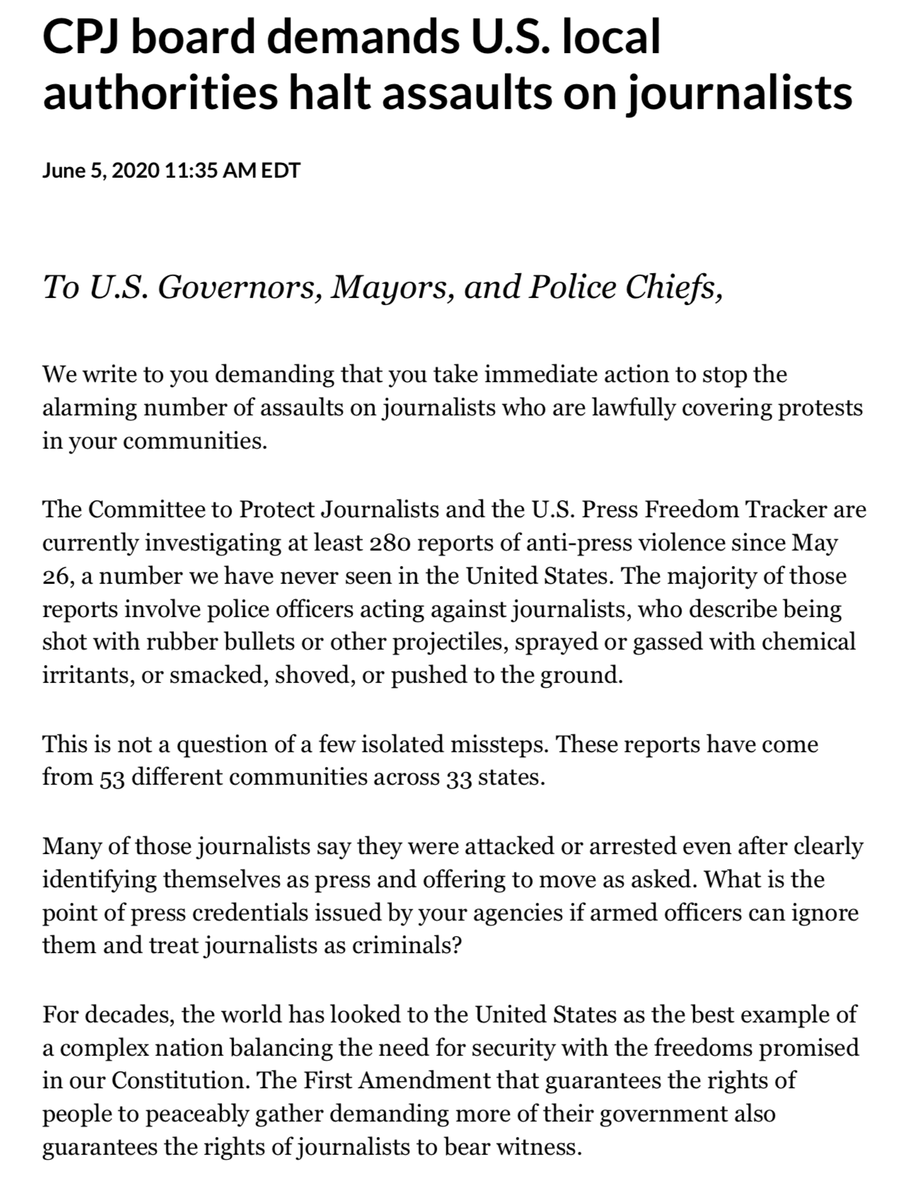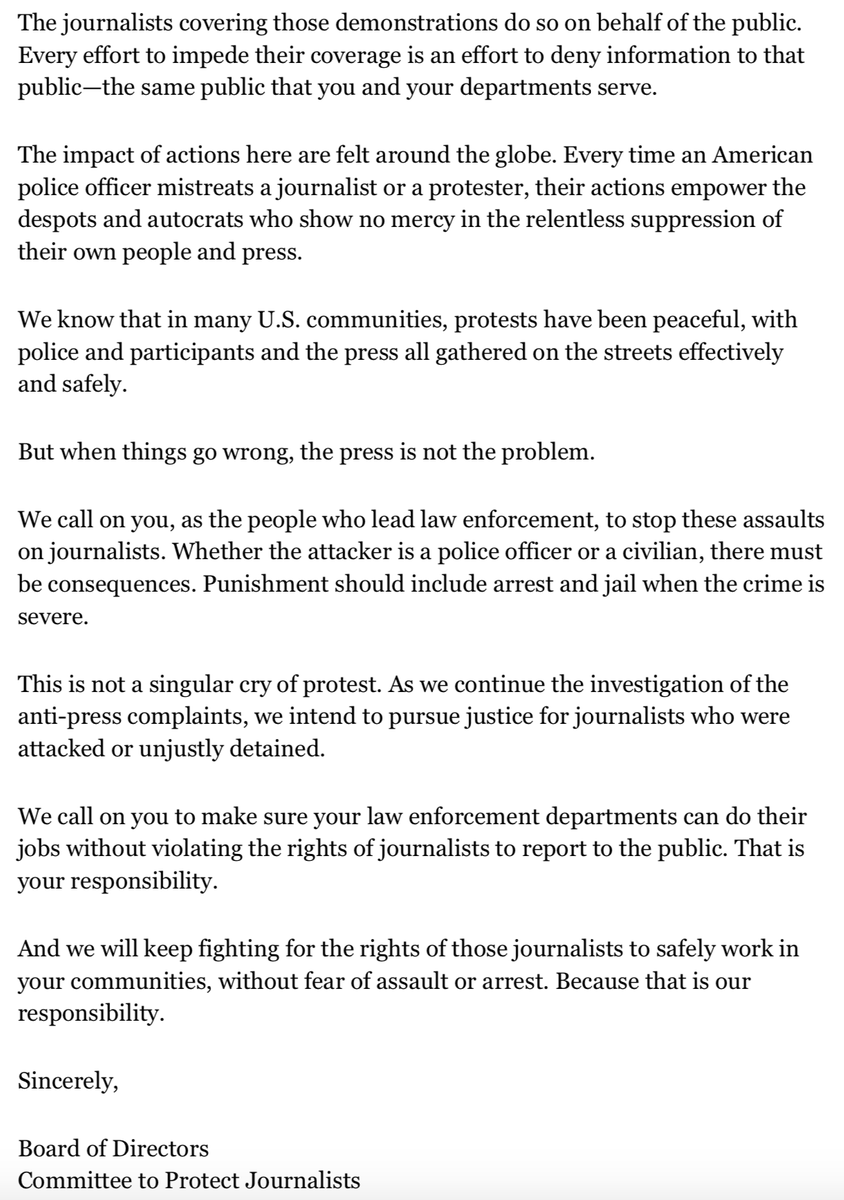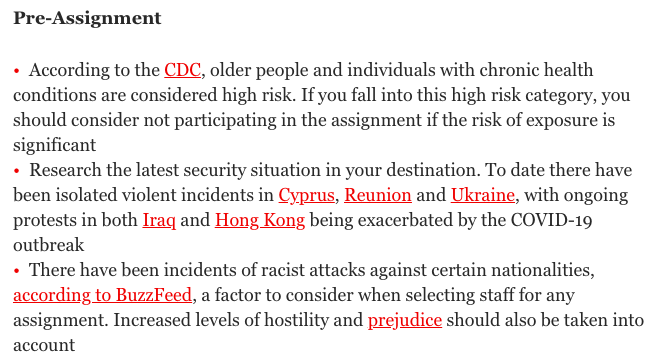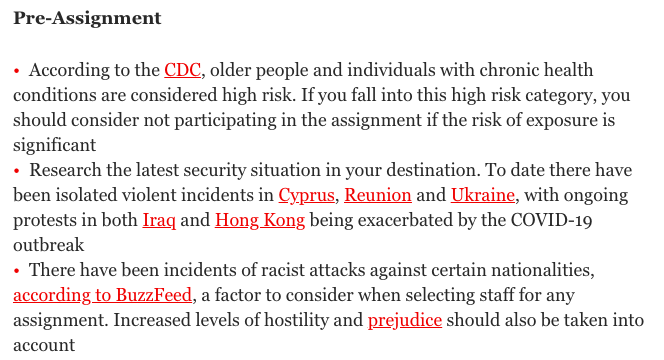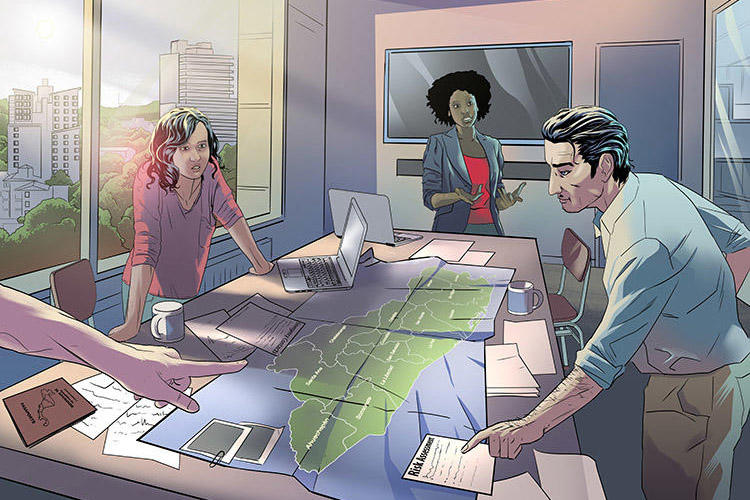
Personal protective equipment (PPE) can help save lives and reduce the chances of personal injury when reporting.
CPJ's PPE guide includes information on the relevant and correct PPE for different assignments.
PPE guide: cpj.org/ppe-glossary-p…
Learn more in this thread ⤵️
CPJ's PPE guide includes information on the relevant and correct PPE for different assignments.
PPE guide: cpj.org/ppe-glossary-p…
Learn more in this thread ⤵️

In order to select the appropriate PPE, media workers should research and identify which threats they may potentially face in advance of an assignment.
Learn more in #CPJEmergencies' PPE guide: cpj.org/ppe-glossary-p…
Learn more in #CPJEmergencies' PPE guide: cpj.org/ppe-glossary-p…

Journalists should always seek advice or training if you are unfamiliar with or have not used a particular PPE item before.
Find more general safety considerations for using PPE in #CPJEmergencies' PPE guide: cpj.org/ppe-glossary-p…
Find more general safety considerations for using PPE in #CPJEmergencies' PPE guide: cpj.org/ppe-glossary-p…

Protective body armor and vests are designed to protect the vital organs in the torso.
Journalists may need to use this kind of PPE during certain assignments.
Learn more about PPE options in #CPJEmergencies' PPE guide: cpj.org/ppe-glossary-p…
Journalists may need to use this kind of PPE during certain assignments.
Learn more about PPE options in #CPJEmergencies' PPE guide: cpj.org/ppe-glossary-p…

If wearing a body vest as PPE on assignment, journalists should make sure that the body vest fits correctly and that it is adjusted and securely fastened.
Learn more about body vests and other PPE inside #CPJEmergencies' PPE guide: cpj.org/ppe-glossary-p…



Learn more about body vests and other PPE inside #CPJEmergencies' PPE guide: cpj.org/ppe-glossary-p…




For journalists looking for protective headwear for assignments, a variety of options are available, including ballistic-grade combat-style helmets, sports safety helmets, and a more basic bump cap.
Learn more inside #CPJEmergencies' PPE guide: cpj.org/ppe-glossary-p…



Learn more inside #CPJEmergencies' PPE guide: cpj.org/ppe-glossary-p…




Wearing high-quality eye protection while on assignment can help journalists protect their eyes from various objects, and can also help protect them from liquids, gases, smoke, sand, dust and other particulates.
Find more information in our PPE guide: cpj.org/ppe-glossary-p…


Find more information in our PPE guide: cpj.org/ppe-glossary-p…

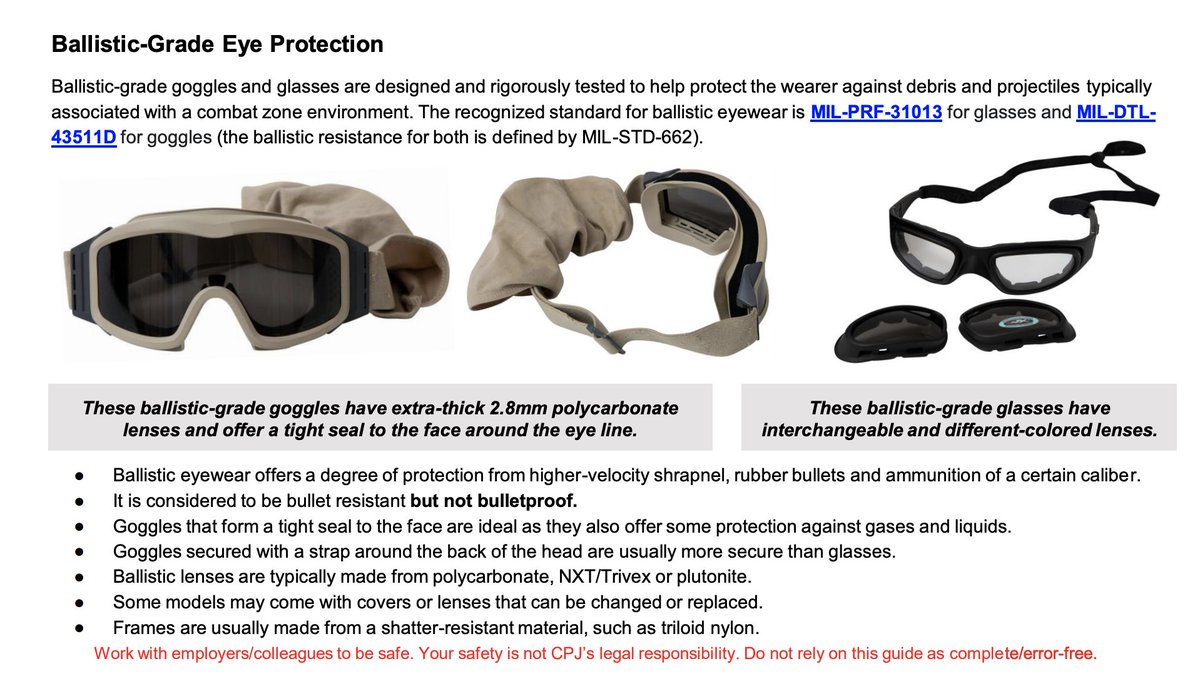

Different assignments will require different PPE.
In order to select the appropriate PPE, media workers should research and identify which threats they may potentially face in advance of an assignment.
Learn more inside #CPJEmergencies' PPE guide: cpj.org/ppe-glossary-p…
In order to select the appropriate PPE, media workers should research and identify which threats they may potentially face in advance of an assignment.
Learn more inside #CPJEmergencies' PPE guide: cpj.org/ppe-glossary-p…

When determining what kind of PPE is best for an assignment, journalists should keep in mind that a variety of ear protection is available.
Learn more about PPE choices inside #CPJEmergencies' PPE guide: cpj.org/ppe-glossary-p…
Learn more about PPE choices inside #CPJEmergencies' PPE guide: cpj.org/ppe-glossary-p…

Protecting your lungs and throat is essential when working in a location where harmful gases, dust, smoke, viruses, bacteria, and liquid vapor present a hazard.
Journalists can find out more about respiratory protection equipment in CPJ's PPE guide: cpj.org/ppe-glossary-p…
Journalists can find out more about respiratory protection equipment in CPJ's PPE guide: cpj.org/ppe-glossary-p…

Depending on the assignment, journalists should carefully choose what respiratory protection equipment to bring.
Learn about the options inside #CPJEmergencies' PPE guide: cpj.org/wp-content/upl…



Learn about the options inside #CPJEmergencies' PPE guide: cpj.org/wp-content/upl…



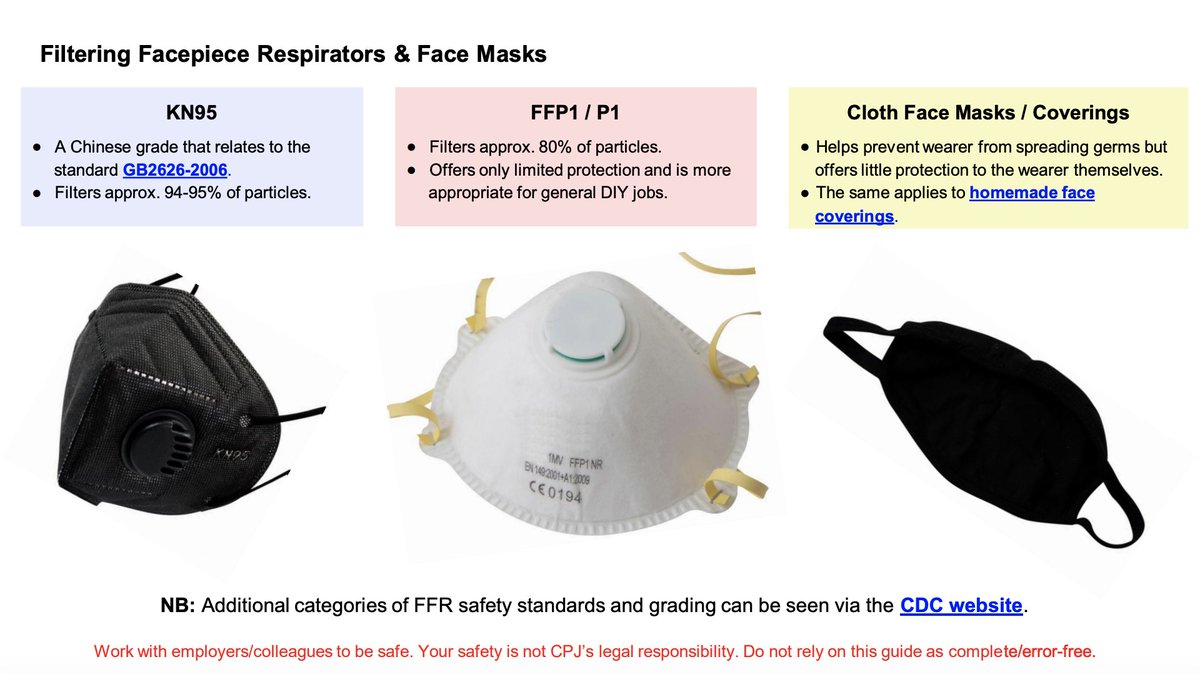
Elbow and knee pad protection, a hi-visibility vest, and a media credentials pouch can protect journalists while on assignment.
CPJ's new PPE guide includes more information on choosing the right PPE for your assignment: cpj.org/ppe-glossary-p…
CPJ's new PPE guide includes more information on choosing the right PPE for your assignment: cpj.org/ppe-glossary-p…

When preparing for an assignment, journalists should always research which type of kit is most appropriate for the location and assignment.
Learn more about stocking your first aid kit here: cpj.org/reports/2012/0…
Find more PPE information here: cpj.org/ppe-glossary-p…
Learn more about stocking your first aid kit here: cpj.org/reports/2012/0…
Find more PPE information here: cpj.org/ppe-glossary-p…

• • •
Missing some Tweet in this thread? You can try to
force a refresh



